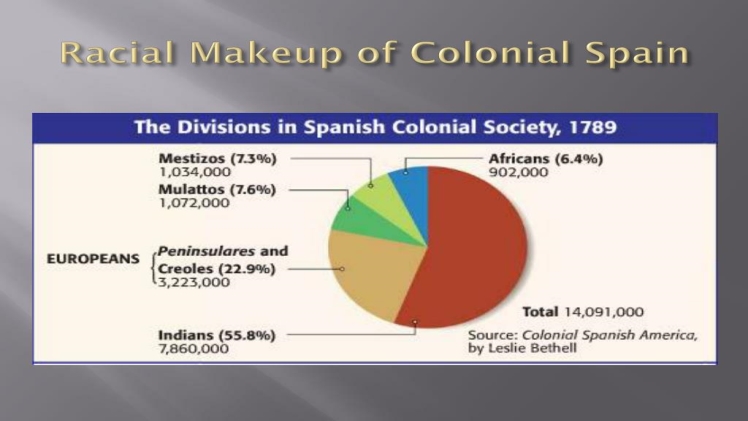The pie chart of the population of slaves in Saint-Domingue, a former French colony in the Caribbean, sheds light on the brutal history of slavery in the Americas. In 1801, the population of Saint-Domingue was comprised of nearly 800,000 people, of which 452,000 were enslaved Africans. This pie chart shows a breakdown of the total slave population in Saint-Domingue, with percentages representing each ethnic group.
The largest portion of the slave population in Saint-Domingue was African, with nearly 40 percent of the total slave population. This is unsurprising, as it was the African slave trade that primarily supplied the Caribbean islands with their labor force. The second largest ethnic group among the slave population was Creole, with approximately 36 percent. Creole slaves were often born in the Caribbean to African parents, and they were distinguished from African slaves in that they often spoke the language of their colonizers, as well as their native African language.
The remaining 24 percent of the slave population in Saint-Domingue consisted of a mix of Native American, Spanish, and French slaves. Native American slaves were often taken from Central America or South America and brought to the Caribbean, while Spanish and French slaves were often descendants of African slaves who had been taken to Spain or France during the slave trade.
The pie chart of the population of slaves in Saint-Domingue offers a glimpse into the history of slavery in the Americas and the diversity of the slave population. It also serves as a reminder of the brutality of the slave trade and the immense suffering it caused. The findings of this pie chart are particularly relevant today, as they emphasize the importance of recognizing and honoring the stories of those who were enslaved and their descendants.
The pie chart of the population of slaves in Saint-Domingue is an important piece of evidence for understanding the history of slavery in the Caribbean. The chart reveals the diversity of the slave population and the sheer numbers of people who were subjected to the brutality of the slave trade. It also serves as a reminder of the immense suffering caused by this horrific practice and the resilience of those who were enslaved and their descendants. The findings of this pie chart are a powerful reminder that we must continue to recognize and honor the stories of those who were enslaved and their descendants.

